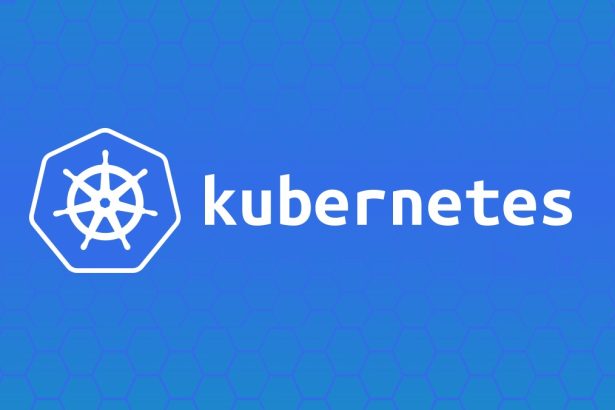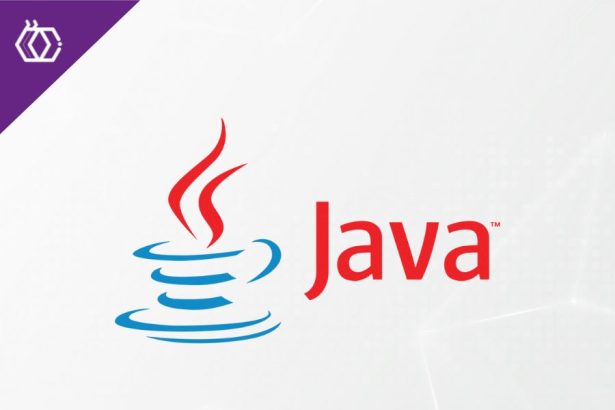Spring Boot and Postman are a dream team for modern web developers. While Spring Boot simplifies back-end development and makes it quick to create REST APIs, Postman serves as the perfect tool to test and debug those APIs effortlessly. Together, they form the backbone of many web applications, helping developers build and validate robust systems.
This beginner-friendly crash course walks you through creating a simple Spring Boot web application and testing its REST APIs using Postman. Packed with practical examples and easy-to-follow steps, this guide will help you master the essentials and get started with confidence.
Table of Contents
- Practical Code Examples
- Tips for Mastering Spring Boot and Postman
- FAQs on Spring Boot, Postman, and REST APIs
1. What Are Spring Boot and Postman?
What is Spring Boot?
Spring Boot is an extension of the Spring Framework designed to simplify the development of Java-based web applications. It offers out-of-the-box features like embedded servers, minimal configuration requirements, and seamless REST API creation, making it one of the best tools for building modern back-end solutions.
Key Features:
- Embedded Servers: No need for external web servers like Tomcat.
- REST API Development: Comes with robust tools for developing RESTful web services.
- Auto-Configuration: It minimizes boilerplate code, saving hours of development time.
What is Postman?
Postman is a popular API testing tool that enables developers to send API requests, inspect responses, and debug errors swiftly. It simplifies tasks like sending HTTP GET and POST requests and works hand-in-hand with back-end frameworks like Spring Boot.
Key Features:
- User-Friendly Interface: No coding required for basic API requests.
- API Collections: Organize and save API requests for future use.
- Testing Automation: Supports scripting for automated testing.
Spring Boot and Postman together make building and testing web applications more efficient, allowing developers to stay focused on innovation.
2. Building a Spring Boot Web Application (Beginner Guide)
Setting Up Your Spring Boot Project
The quickest way to start a Spring Boot project is by using Spring Initializr.
- Visit Spring Initializr: Go to start.spring.io.
- Configure the Project:
-
- Project: Maven
- Language: Java
- Dependencies: Add Spring Web for web application development.
- Generate the Project: Click on “Generate” and download the zipped project.
- Open the Project: Import it into your preferred IDE like IntelliJ IDEA or Eclipse.
Your project structure will look like this:
src/main/java/
com.example.demo/
DemoApplication.java
src/main/resources/
static/
templates/
application.properties
Creating a Basic REST Controller
Now, create a REST controller to define your API endpoints. Add a new Java class called HelloController under com.example.demo:
HelloController.java:
package com.example.demo;
import org.springframework.web.bind.annotation.GetMapping;
import org.springframework.web.bind.annotation.RequestMapping;
import org.springframework.web.bind.annotation.RestController;
@RestController
@RequestMapping("/api")
public class HelloController {
@GetMapping("/hello")
public String sayHello() {
return "Hello, Spring Boot!";
}
}
Here’s what happens:
@RestController: Marks the class as a controller to handle web requests.@RequestMapping: Specifies the base URL path/api.@GetMapping: Maps the/helloendpoint to thesayHello()method.
Running the Application
Run the application using the following command in your terminal:
mvn spring-boot:run
Navigate to http://localhost:8080/api/hello in your browser or Postman, and you’ll see:
Hello, Spring Boot!
3. Testing REST APIs with Postman
Getting Started with Postman
- Download Postman: Go to Postman’s website and install the tool.
- Launch Postman: Open the tool, and you’ll see a user-friendly interface.
Sending GET and POST Requests
Step 1 – Testing a GET Request
- Open Postman and click on “New Request.”
- Choose GET as the HTTP method.
- Enter the endpoint URL
http://localhost:8080/api/hello. - Click Send.
Postman will show a 200 OK response with the output:
Hello, Spring Boot!
Step 2 – Testing a POST Request
Update your Spring Boot application to handle POST requests in HelloController:
@PostMapping("/greet")
public String greetUser(@RequestBody String name) {
return "Hello, " + name + "!";
}
To test this:
- Change the HTTP method to POST in Postman.
- Enter the URL
http://localhost:8080/api/greet. - Go to the Body tab and select raw and JSON.
- Add this JSON:
"John"
- Click Send.
You’ll see:
Hello, John!
4. Practical Code Examples
Complete Controller Code
@RestController
@RequestMapping("/api")
public class HelloController {
@GetMapping("/hello")
public String sayHello() {
return "Hello, Spring Boot!";
}
@PostMapping("/greet")
public String greetUser(@RequestBody String name) {
return "Hello, " + name + "!";
}
}
JSON Example for Postman
Input:
{
"name": "Jane"
}
Response:
Hello, Jane!
5. Tips for Mastering Spring Boot and Postman
- Practice Frequently: Test various HTTP methods like DELETE and PUT to understand all REST operations.
- Explore Postman Collections: Save and organize your API requests for efficient testing.
- Validate Responses: Use Postman’s built-in tools to check status codes, headers, and response bodies.
- Learn Error Handling: Implement proper HTTP status responses (e.g., 400 for bad requests) in your Spring Boot controller.
- Dive Deeper: Explore advanced Spring Boot concepts like JWT authentication and Spring Security.
6. FAQs on Spring Boot, Postman, and REST APIs
1. Can I use Postman for frontend testing?
Yes, Postman is ideal for testing back-end functionality independently of the front-end.
2. Is Spring Boot only for REST APIs?
No, you can use it for full-stack web development, microservices, and event-driven architectures.
3. Do I need to learn JSON for Postman?
Yes, since JSON is the most common data format for REST APIs, it’s highly recommended.
Mastering Spring Boot and Postman not only makes you a better web developer but also enables you to create efficient, scalable, and testable web applications. Start practicing today, and build your confidence in modern web development!


